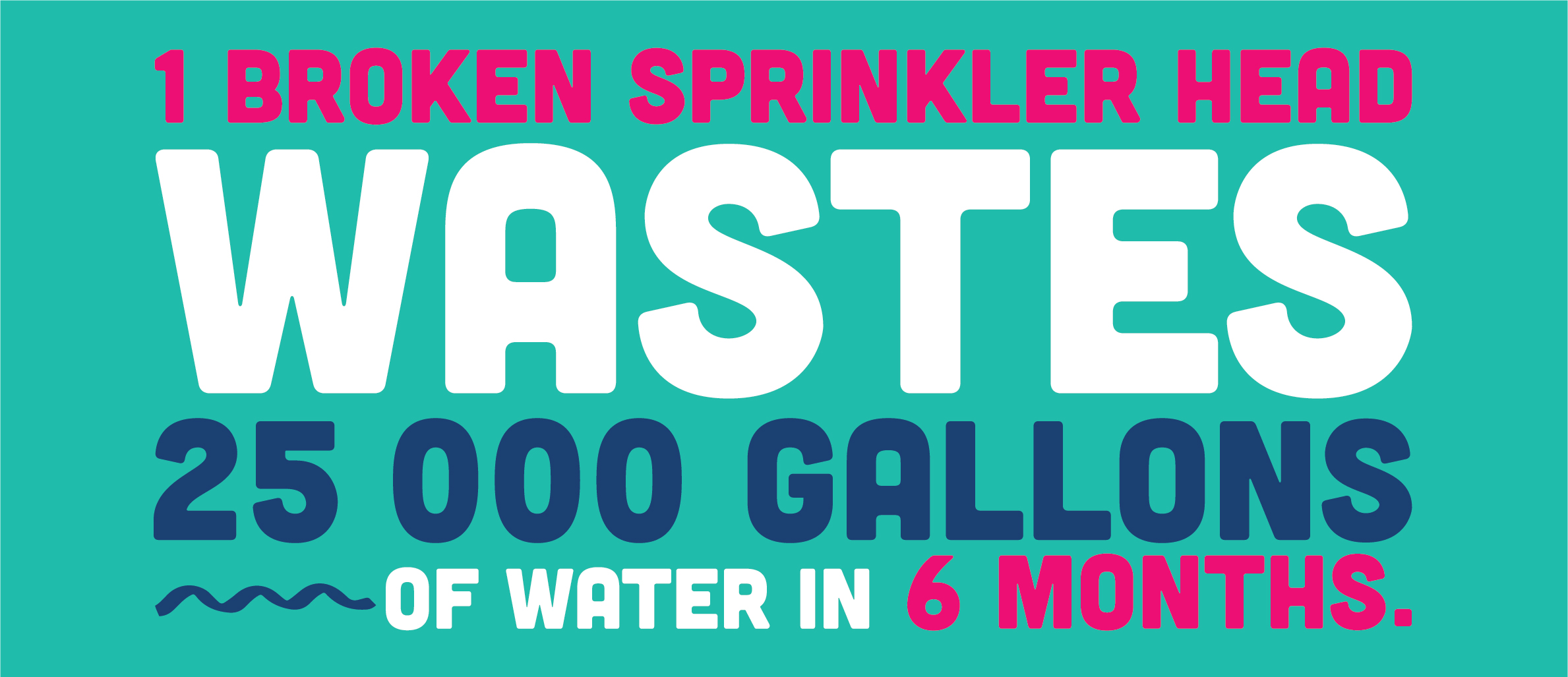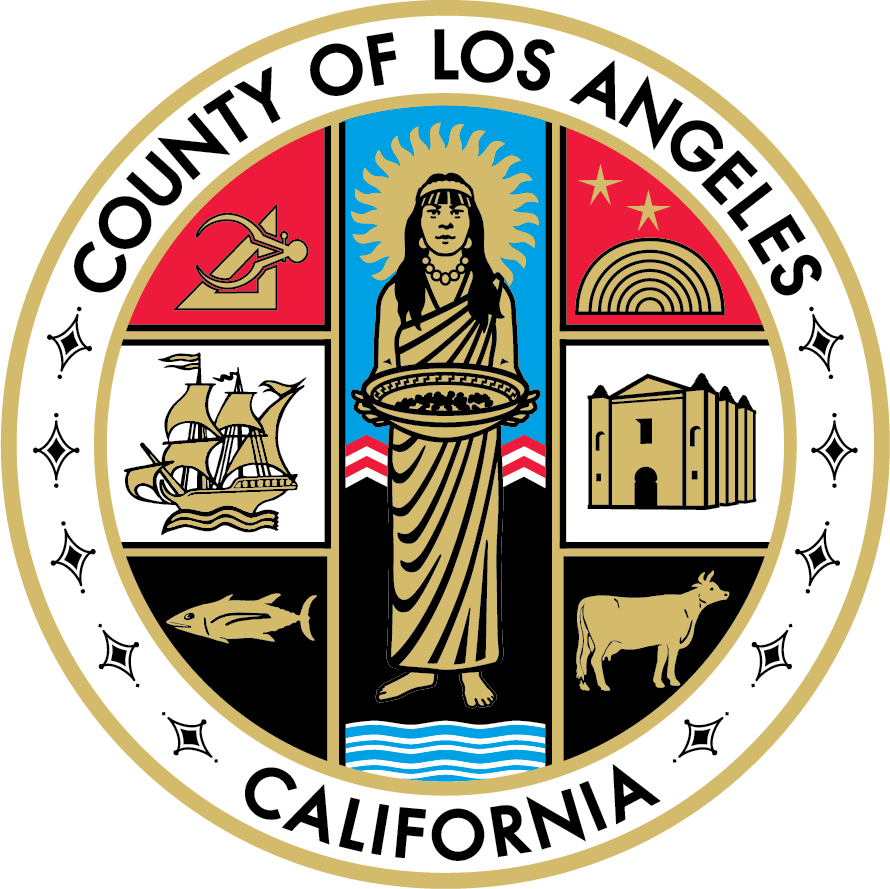YOUR WATER
Conservation
Water is core to our survival
It Takes a Lot of Water to Keep LA County Going
From quenching our thirst and growing our food to fueling the production of everything we wear and everything we use to get from here to there, water is the not-so-secret ingredient that makes LA County thrive.
The reality is that it takes a lot of water to keep LA County going (millions upon millions of gallons every day!). It’s so much that we have to import two-thirds of our supply from as far away as Northern California and the Colorado River basin to keep up with demand. New weather patterns in California – like a 5-year drought sandwiched by unusually heavy rains and snow – mean a less predictable supply of water, both local and imported. Scientists predict that climate change will only exacerbate these patterns of drought and flood, which will have major implications for how much water may be available at any given time.
People understand that they need to cut back when there’s a drought. But with more extreme weather, a growing population, and our water sources growing increasingly stretched, we need to make water conservation – from how much water we use to how we can use water more efficiently – a way of life.

YOU USE A LOT MORE THAN YOU THINK
When you think of your everyday water use, a few things may come to mind: from long showers to watering your grass and garden. And while a quarter of all residential water is used for lawns, gardens, and pools, our water use is not always so obvious.
Considering the “water footprint” of the products we consume is essential to understanding water consumption and the need for conservation. A water footprint is the volume of water required to make different products and services, from our morning coffee to our smartphones. Virtually all modern products require water as they are produced.
IN CALIFORNIA UP TO 80% OF OUR WATER IS USED FOR AGRICULTURE
All that water needed to grow crops makes our food choices a huge part of our water footprints. There is a lot of water hidden in the stuff we buy too, from the materials needed to make things to the industrial processes used to manufacture them (creating fuel and energy requires water too!).
Use our water footprint tool below to get a sense of how much water it takes to make a few of your favorite everyday items.



Kickstart your conservation
Are You Ready to Take Action to Conserve Water?
If you want to help secure a sustainable water future for LA County, the first thing you can do is make water conservation part of your routine. There are a lot of ways to conserve water, both directly – using less water indoors and out – and indirectly – changing your habits as a consumer.
Need some ideas on how to kickstart your conservation?
Check out our tips for ideas on how you can make changes (both big and small) to make water conservation second nature.
Mind the flush
Toilets use more water than anything else in your bathroom. If your toilet is running constantly, it’s not haunted. It probably just needs a $5 part. A wonky toilet flapper can waste hundreds of gallons of water a week. Better yet, install a low-flow toilet (your local water agency may even have an incentive program) and you can reduce water use by more than 50% per flush.
Keep it tight
Those leaky faucets, pipes, and hoses aren’t just making you crazy, they’re draining our most valuable resource. One drop every second can waste five gallons in a single day. Every drop counts, so get on top of that.
Keep it clean
Whether you’re washing clothes or dishes, run full loads and invest in appliances that use water efficiently.
Use your shower power
We all appreciate your singing voice, but let’s try to keep it to a single and not an album, OK? Cutting down your shower time to under five minutes or investing in a low-flow showerhead can really cut down your water use.
Grin and save it
Toilets use more water than anything else in your bathroom. If your toilet is running constantly, it’s not haunted. It probably just needs a $5 part. A wonky toilet flapper can waste hundreds of gallons of water a week. Better yet, install a low-flow toilet (your local water agency may even have an incentive program) and you can reduce water use by more than 50% per flush.
Be tolerant
Instead of thirsty lawns, choose some of Southern California’s many native plants and succulents that are naturally drought-tolerant. Want to be a water saving pro? Use drip-irrigation to keep them watered. It’s a win-win: easy to care for and much easier on the water supply!
Let grass grow free
If native landscaping isn’t your jam and you do grow grass, let it grow a little taller by setting your mower blades to 2-3 inches high. Longer grass shades the soil, improves moisture retention, and leaves more leaf surface to take in the light.
Put a lid on it
Uncovered pool water evaporates, which is not great for would-be swimmers or the environment. Cover up your pool when it’s not in use.
Hitch a ride or take a walk
If you commute to work, consider public transit. By reducing the number of cars on the road, you not only reduce pollution, but also the demand for water-hungry car manufacturing and fuel production.
Support your local car wash
If your ride needs a wash, consider a self-serve or drive-thru car wash. Or better yet, leave it to the professionals. Car washes recycle water and use high-efficiency equipment. They help reduce pollution too!
Catch and release
There’s a lot of water that goes down our drains, both indoors and out, that could be captured and reused for non-potable uses. Think about old cups of water, the water that runs while you’re waiting for the tap to heat up, and rainwater. All of this water could be saved and used for things like watering plants or flushing toilets.
Shop smart, reduce waste
Meal planning isn’t just good for your wallet and schedule. Given that agriculture is responsible for up to 80% of California’s water use, reducing food waste has the dual benefit of reducing water waste.
Conserving water: it’s good policy
Together We Can Make a Big Difference
It will take a combination of behavior changes at the individual level and policy changes at the government level to make conservation part of our culture moving forward. With that in mind, California’s lawmakers have passed a series of measures aimed at curtailing water usage and improving sustainability.
In 2010, the state legislature and governor enacted the 20×2020 Plan, which calls for a decrease in California’s per-capita water usage by 20%. Additionally, starting in 2023, urban water agencies will be held to stricter water-use efficiency objectives, including helping residents reduce indoor water use to 55 gallons per person per day.
This isn’t to say that water conservation is easy. But with a mix of strong policies and individual behavior change we can make a big difference.


